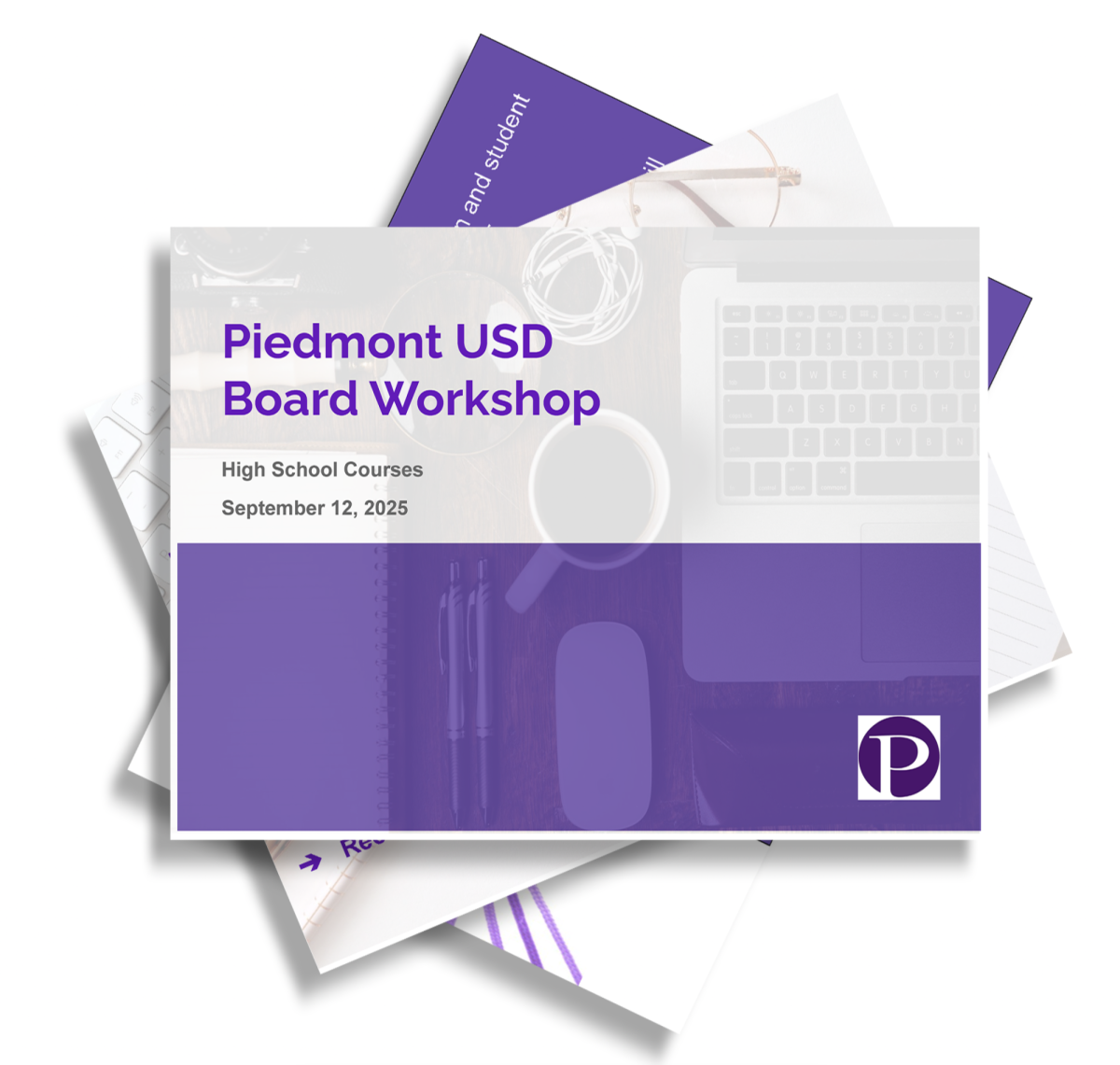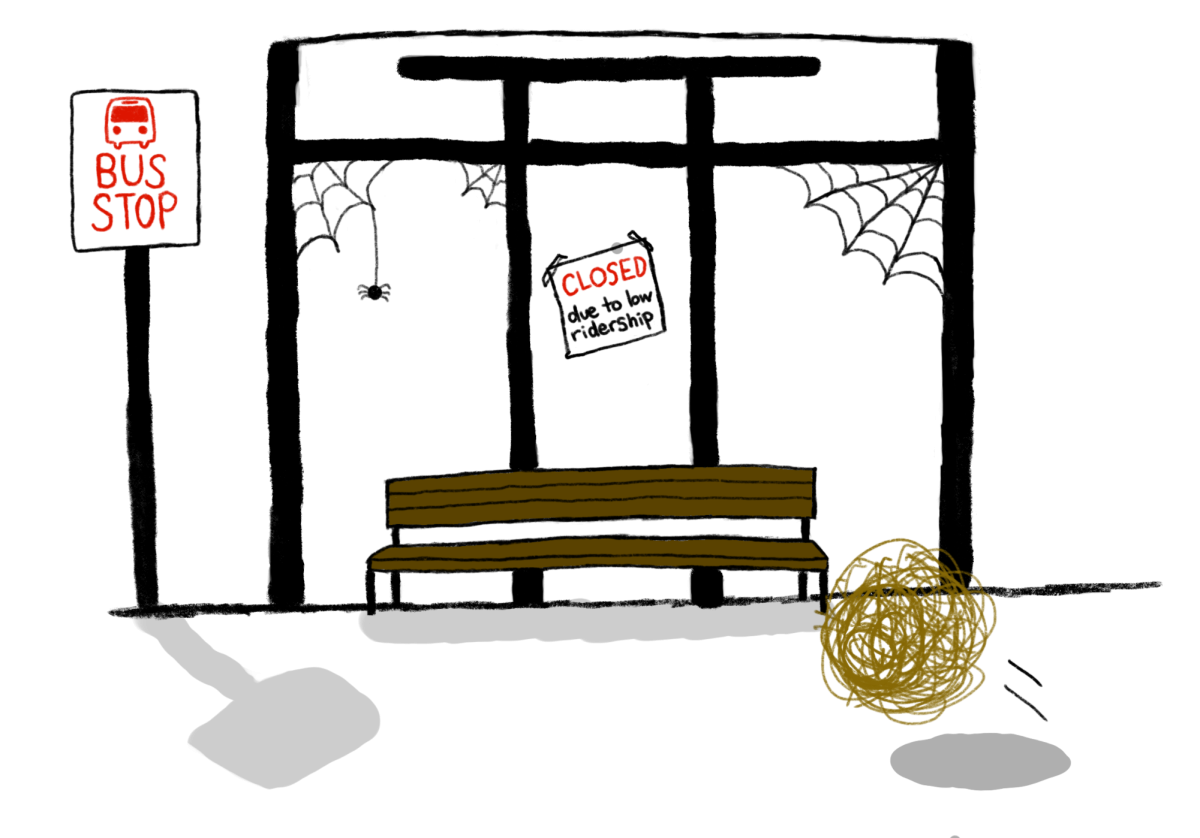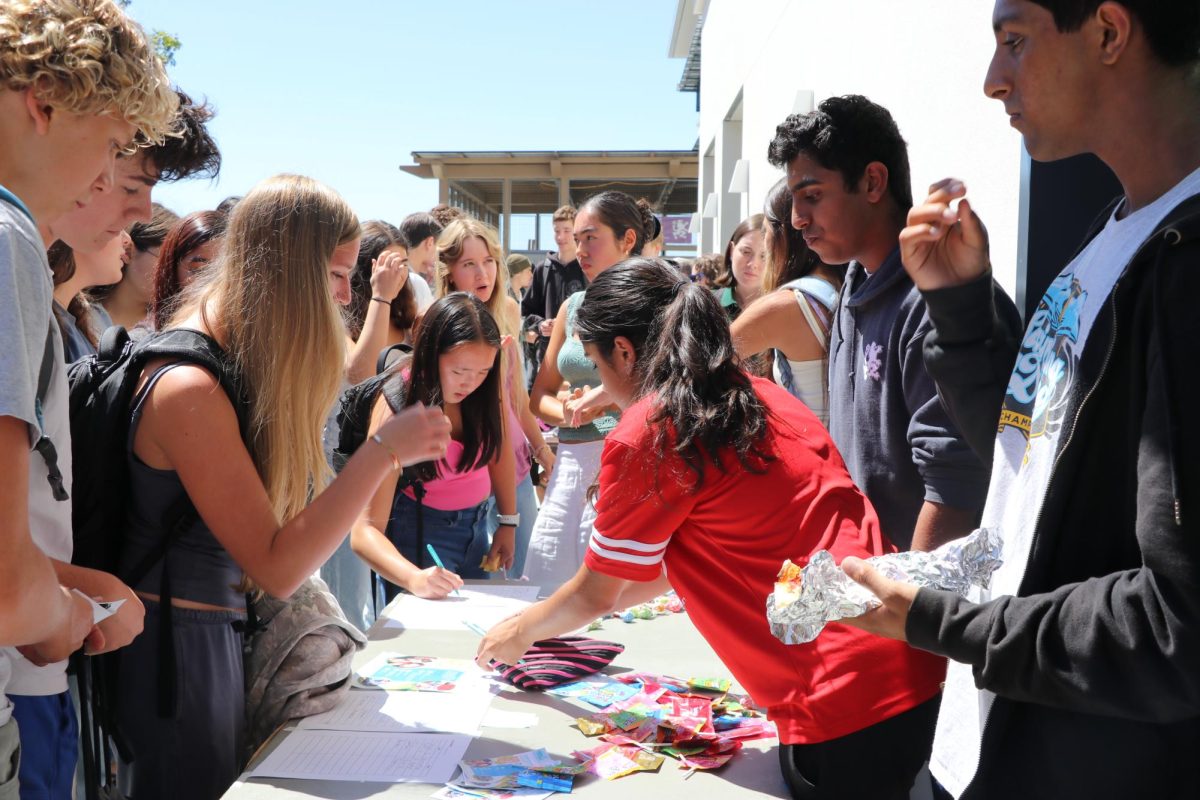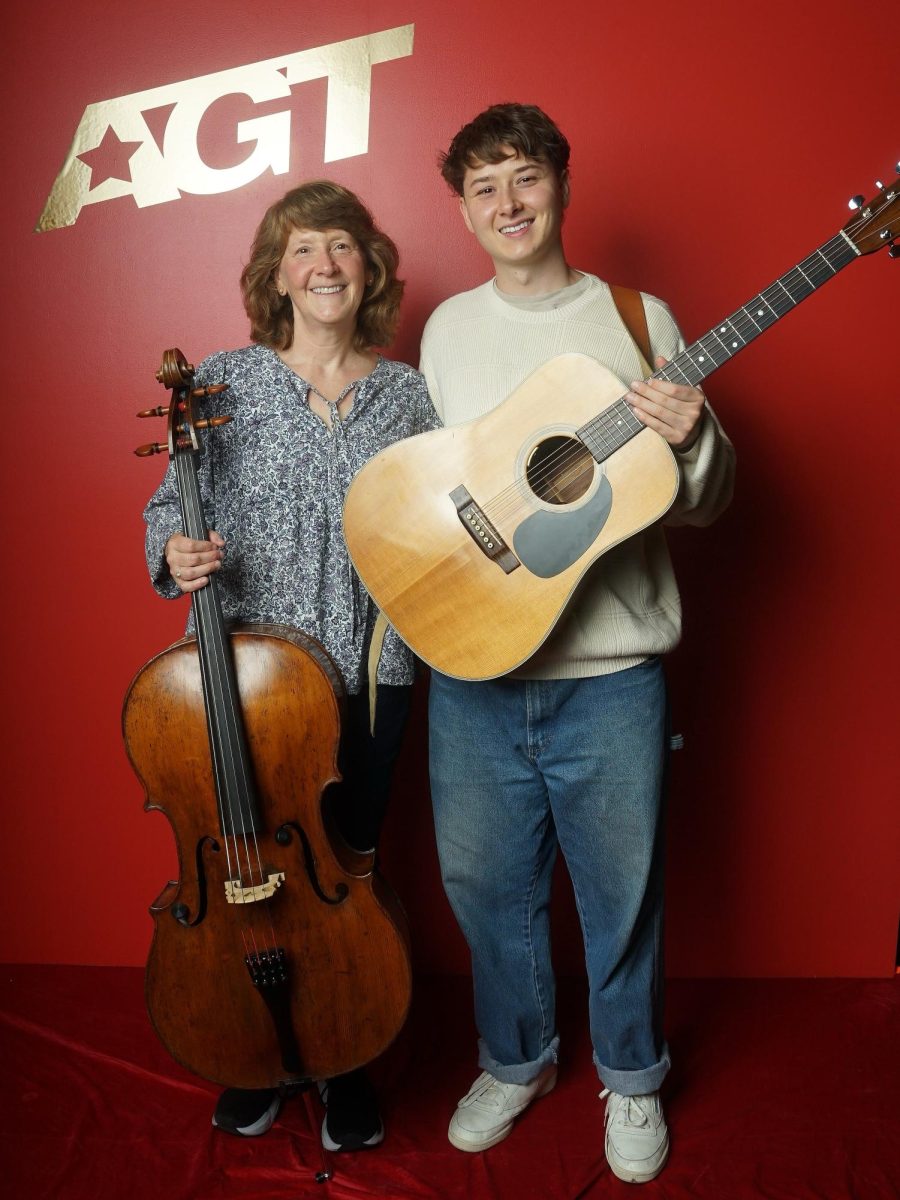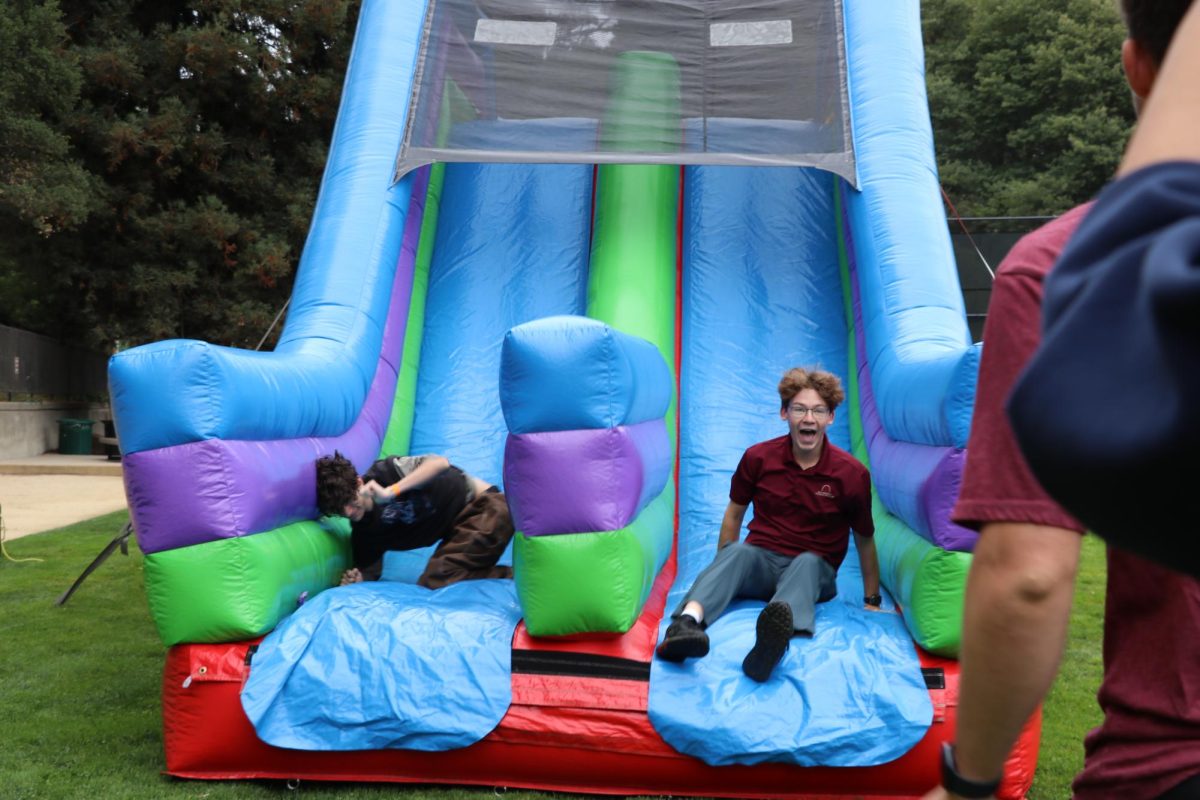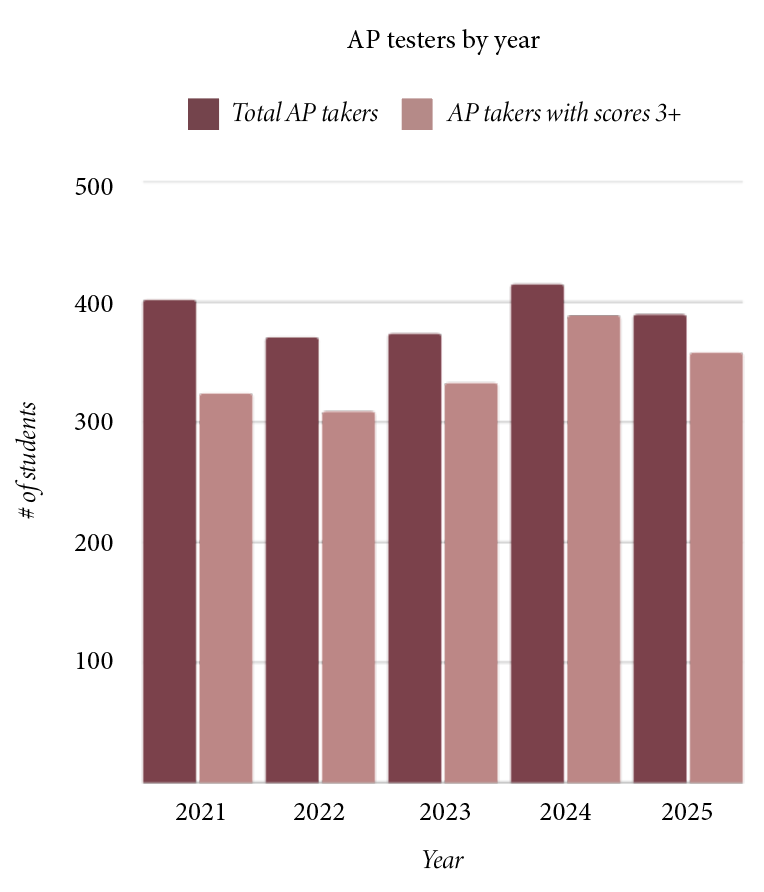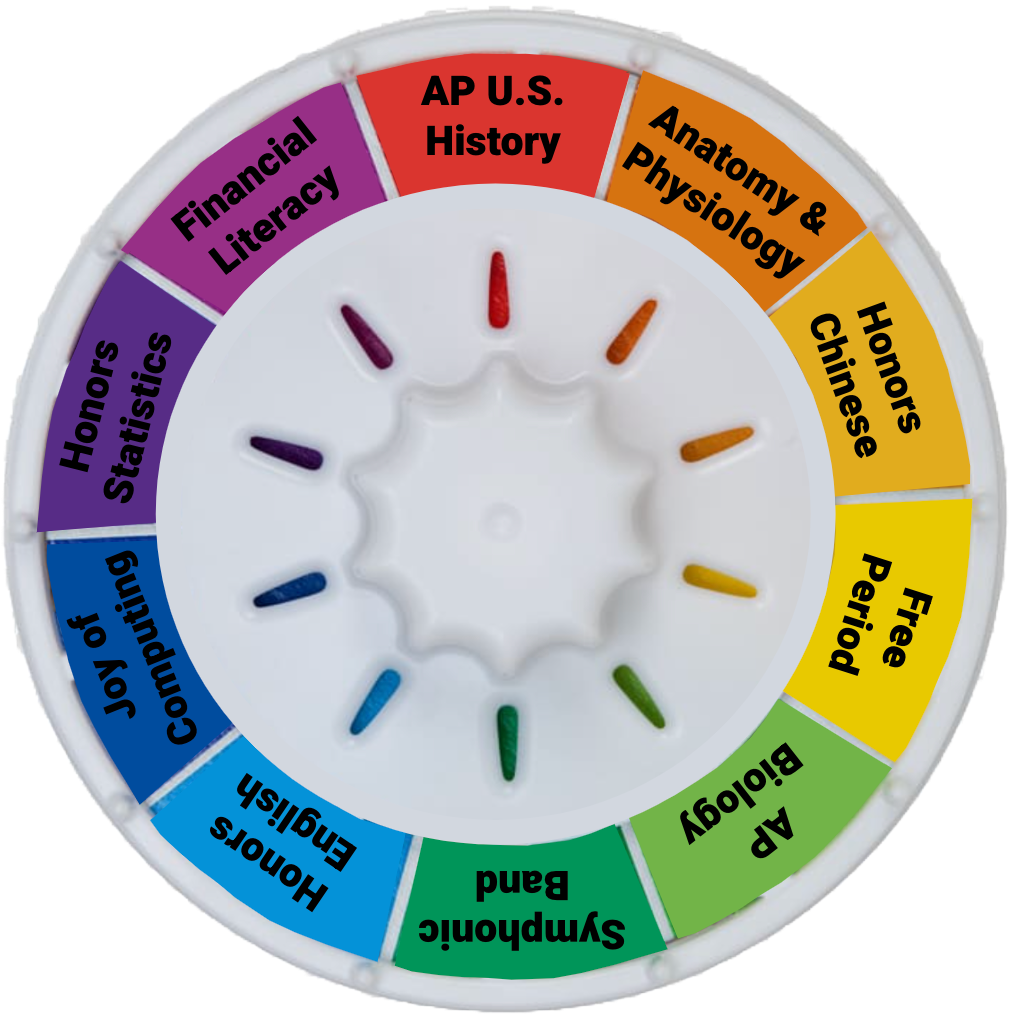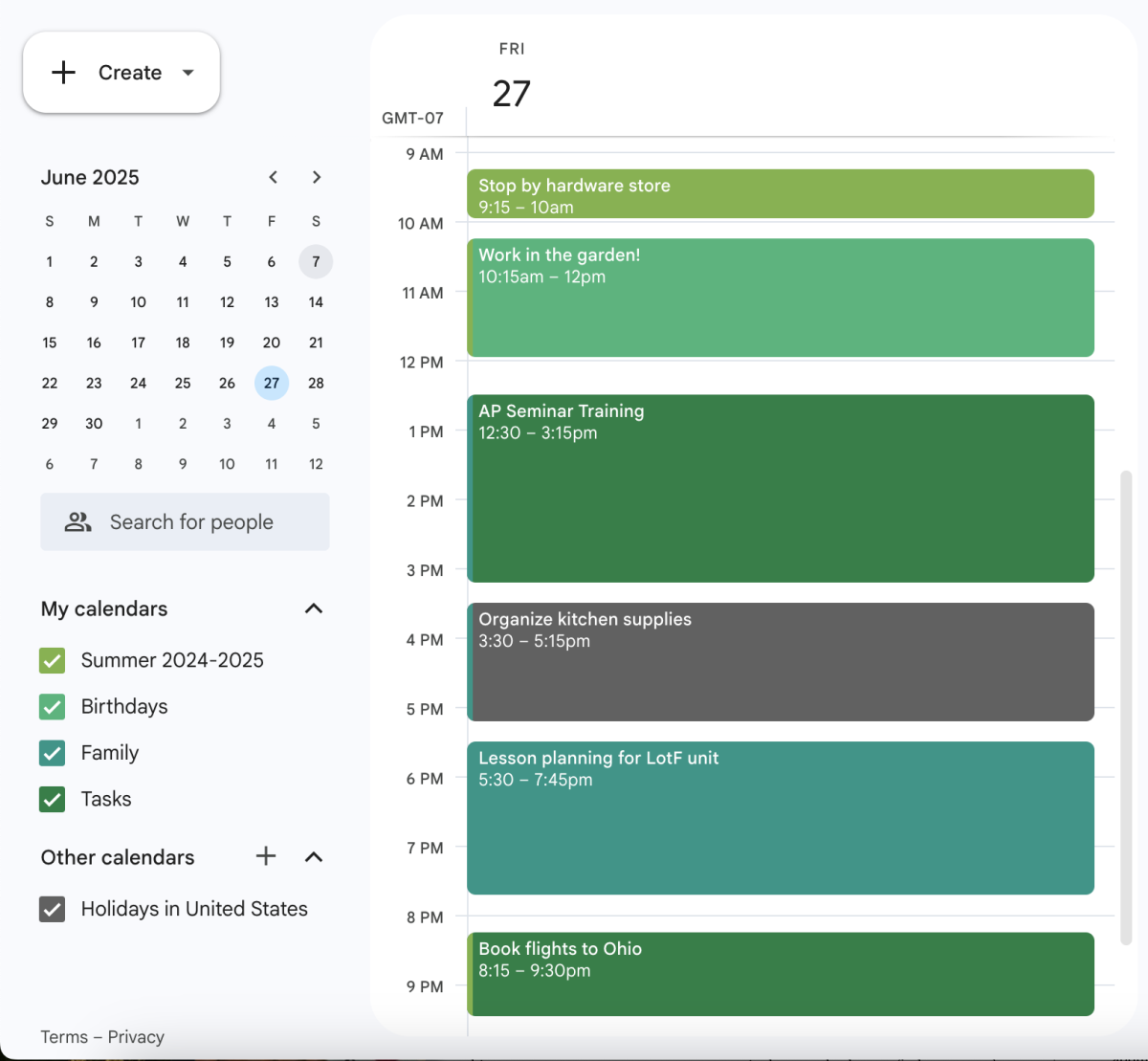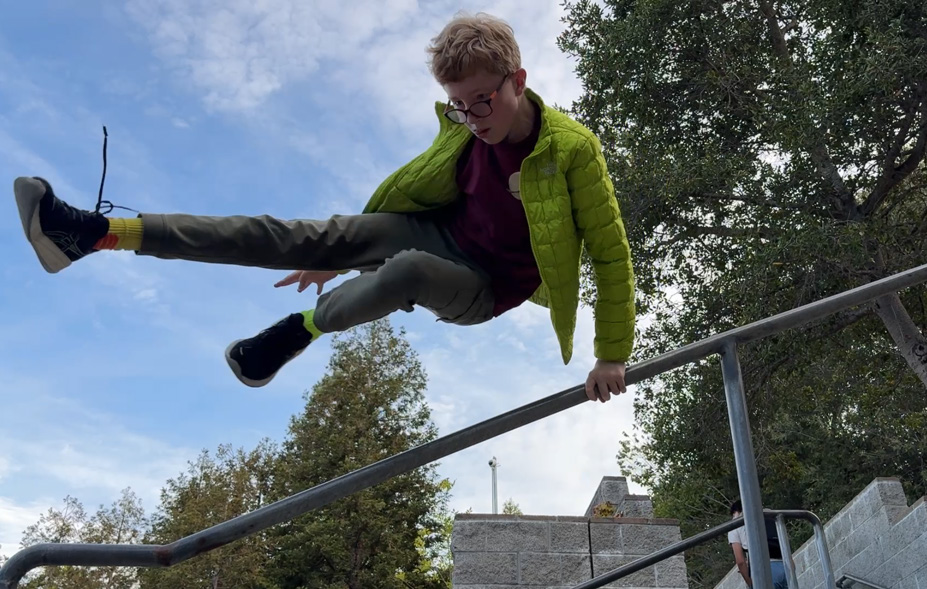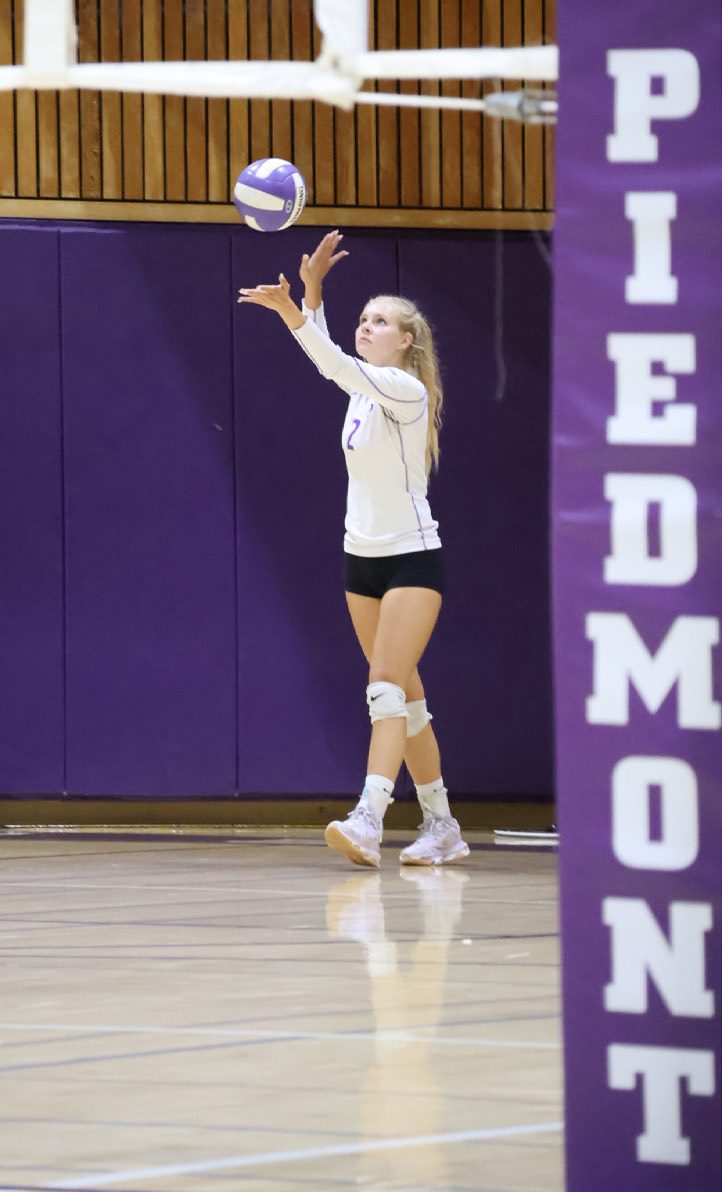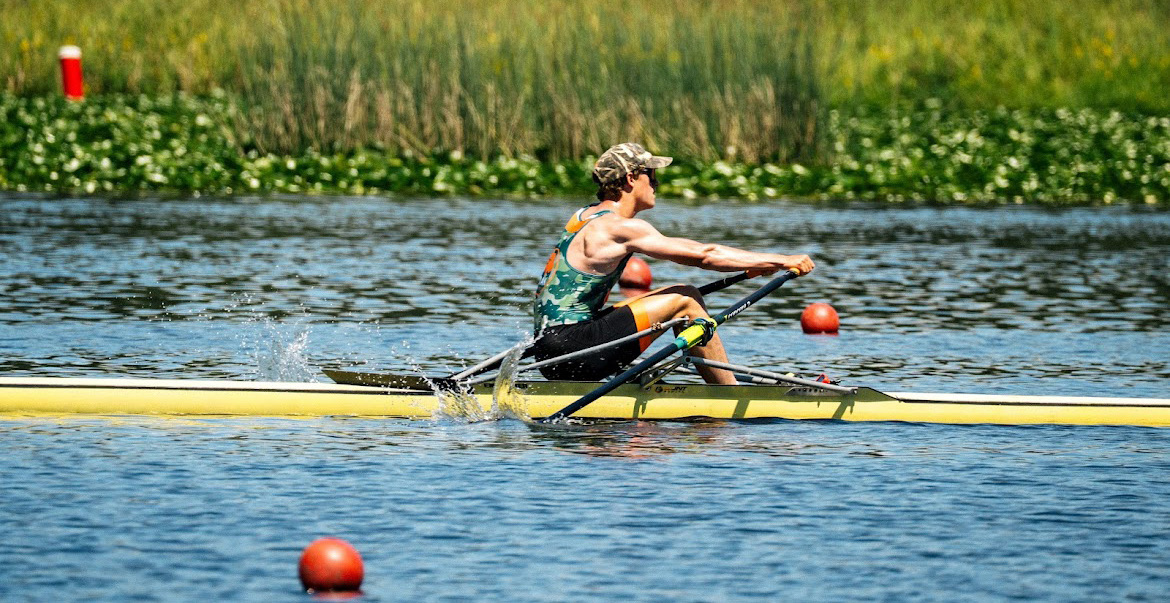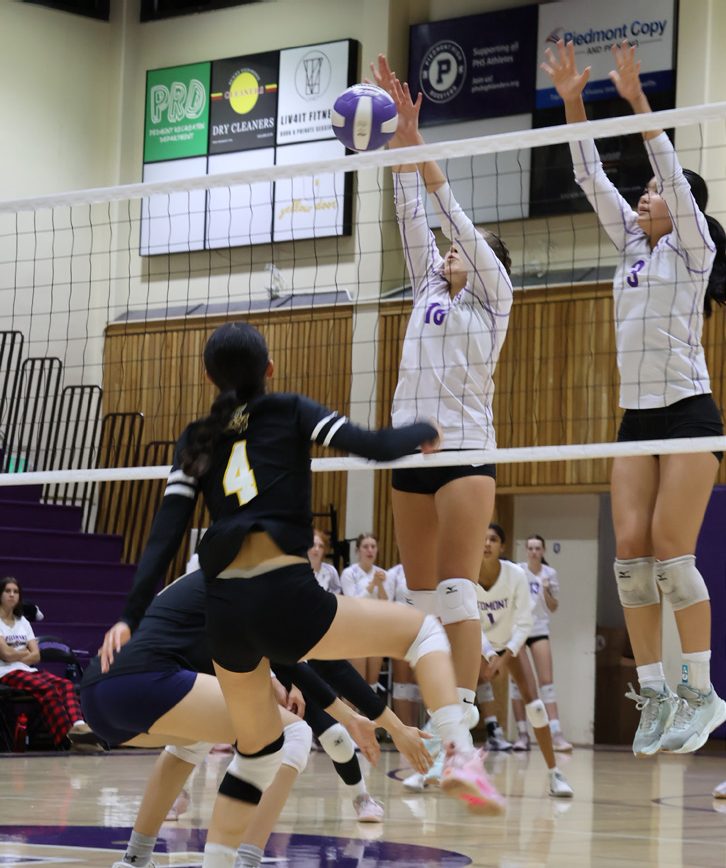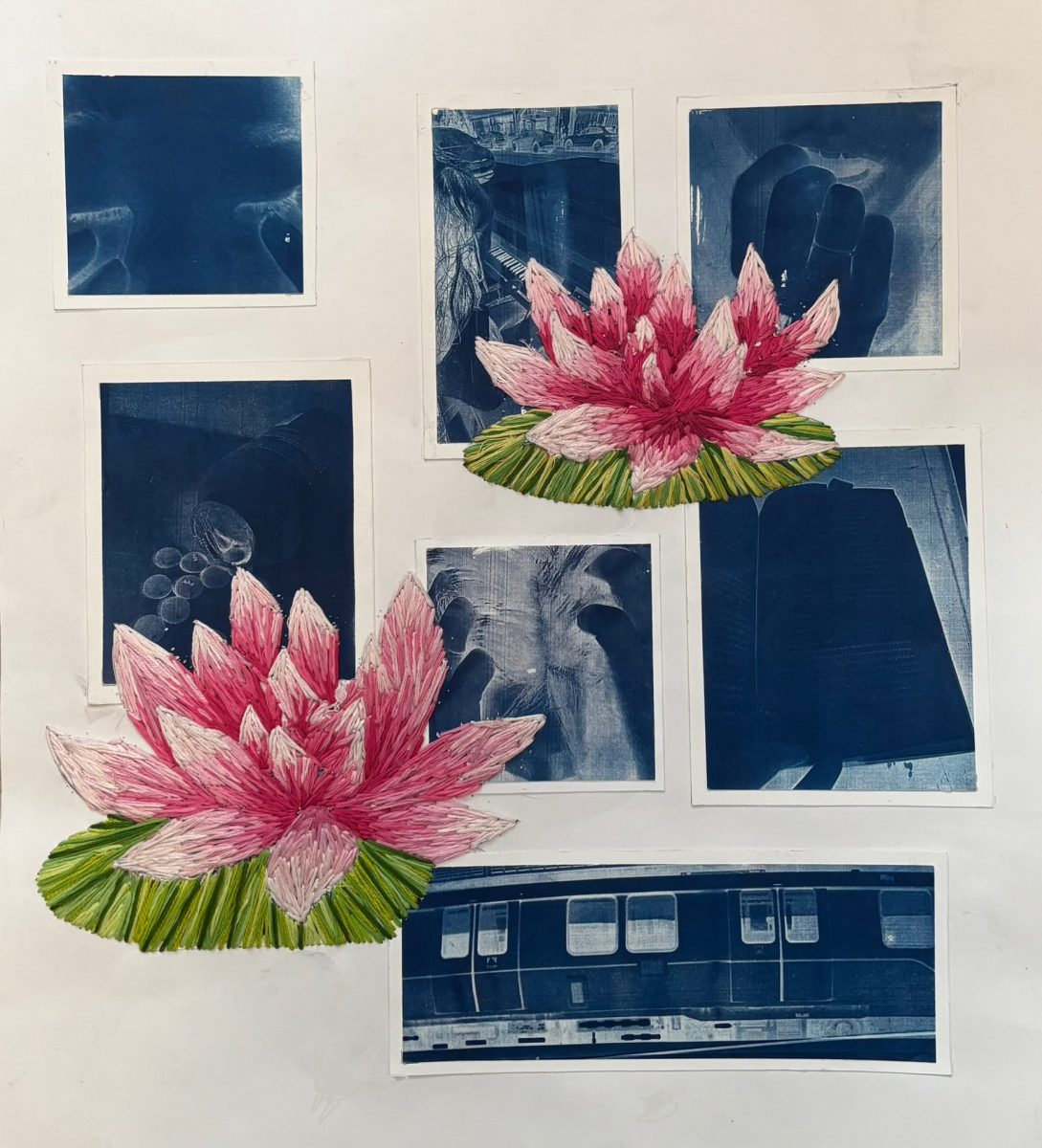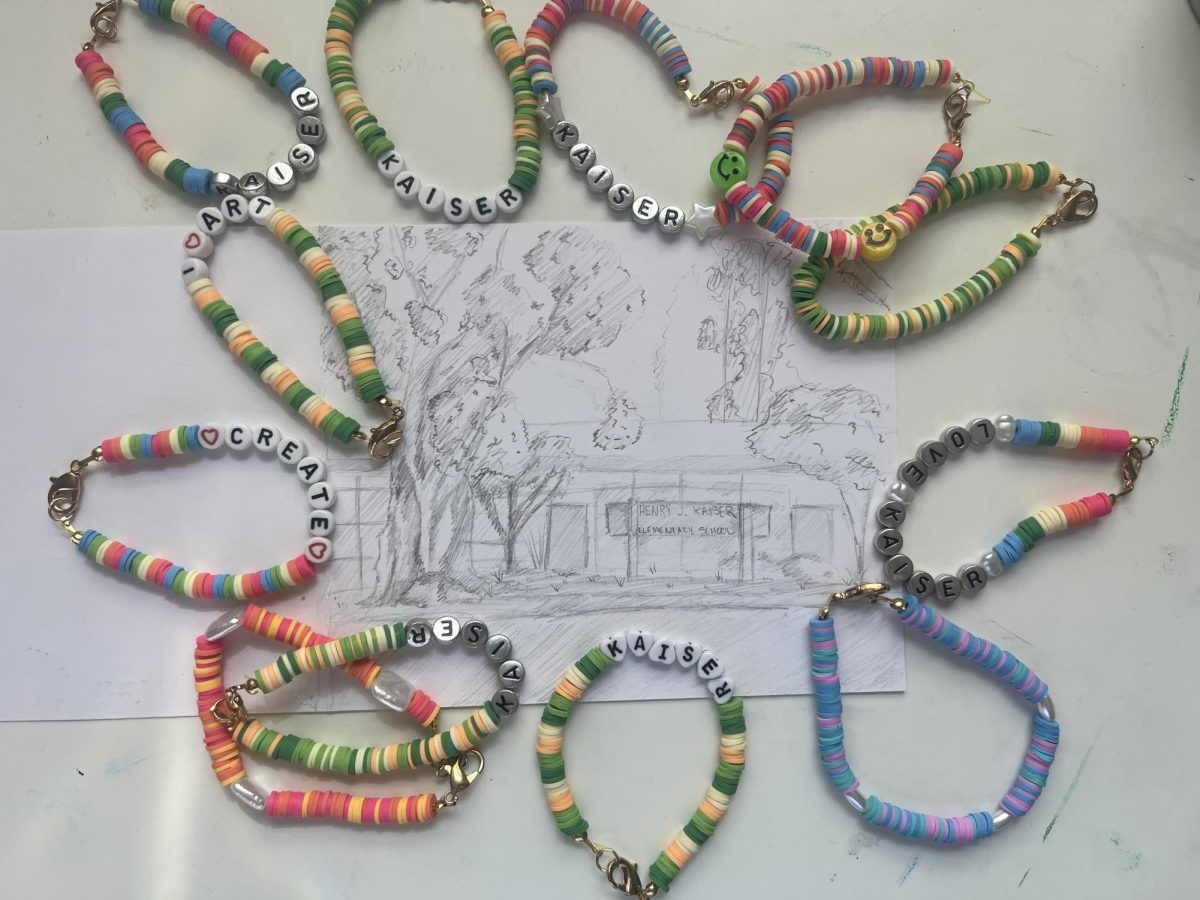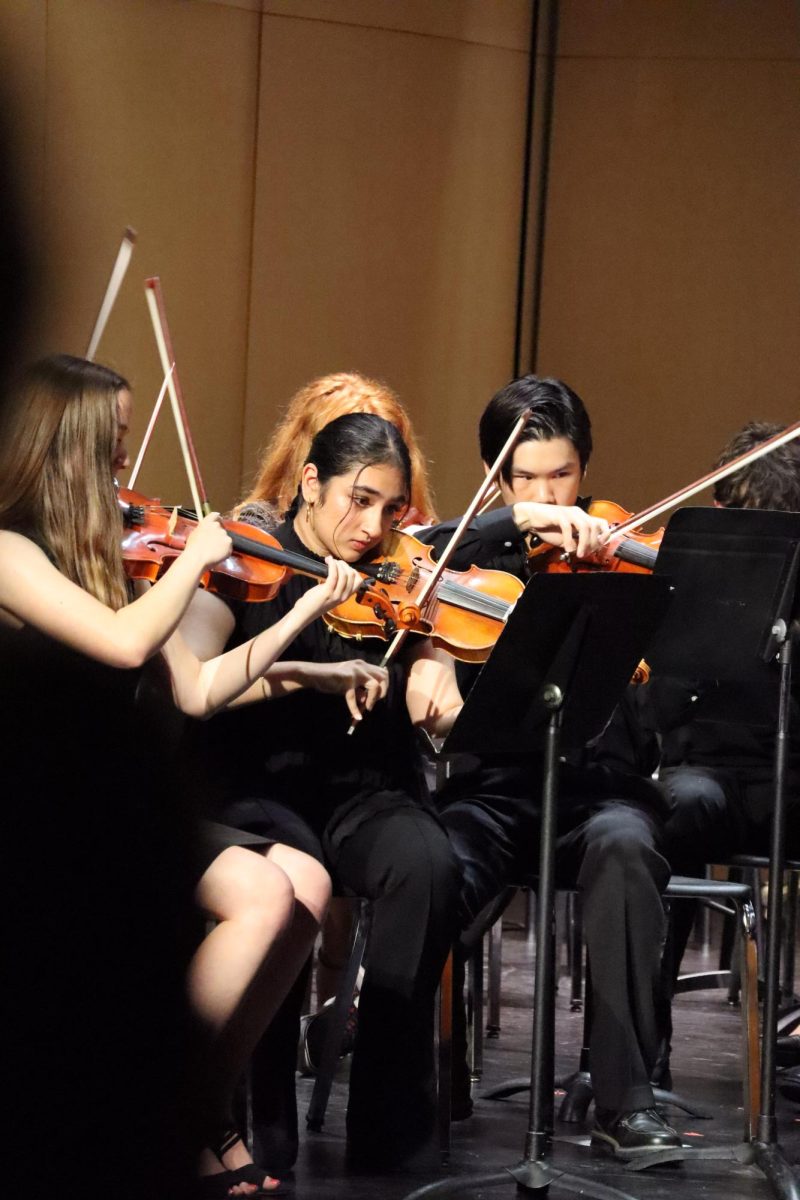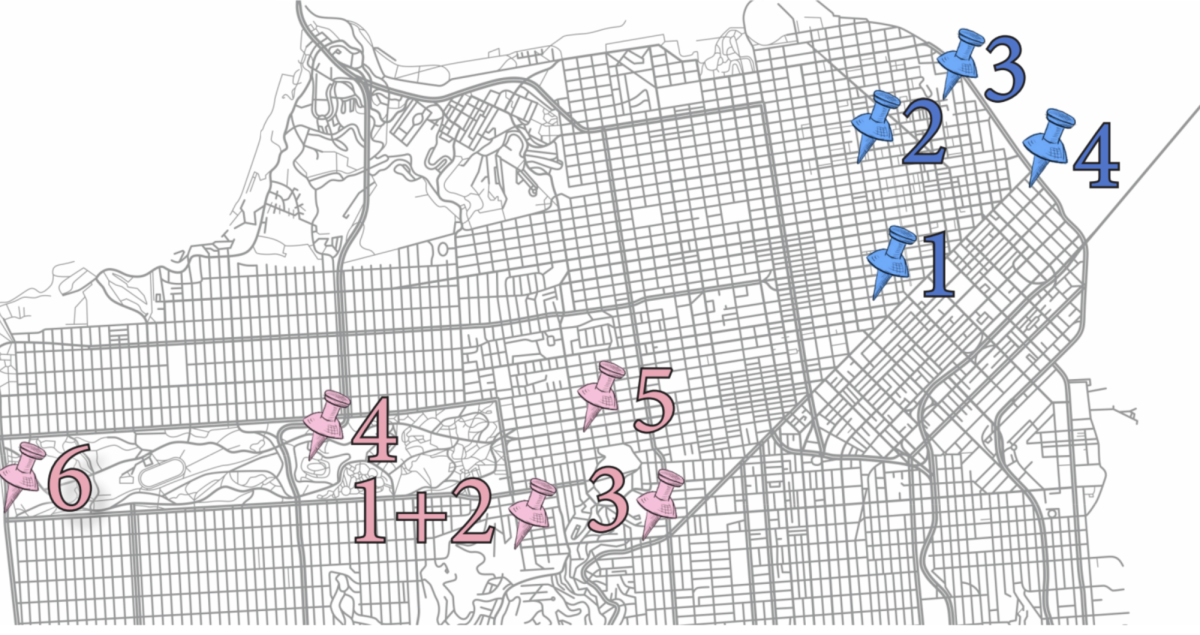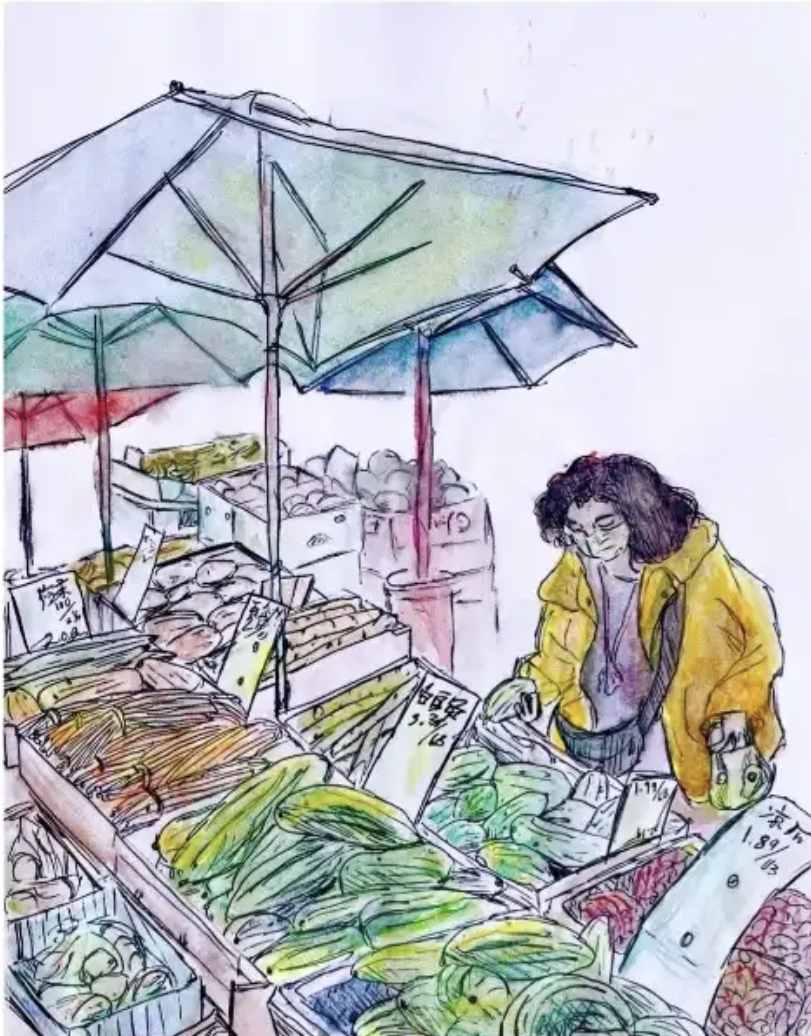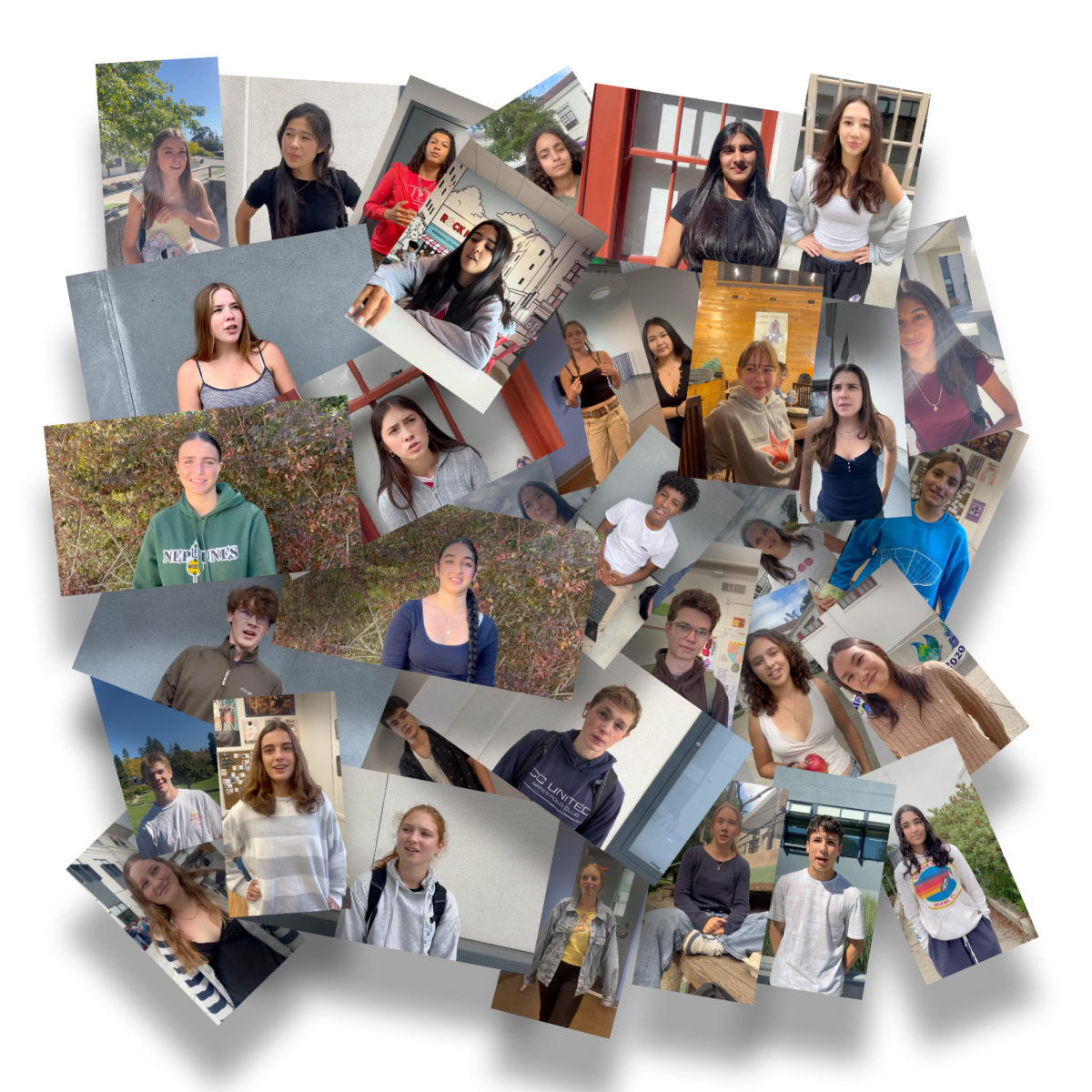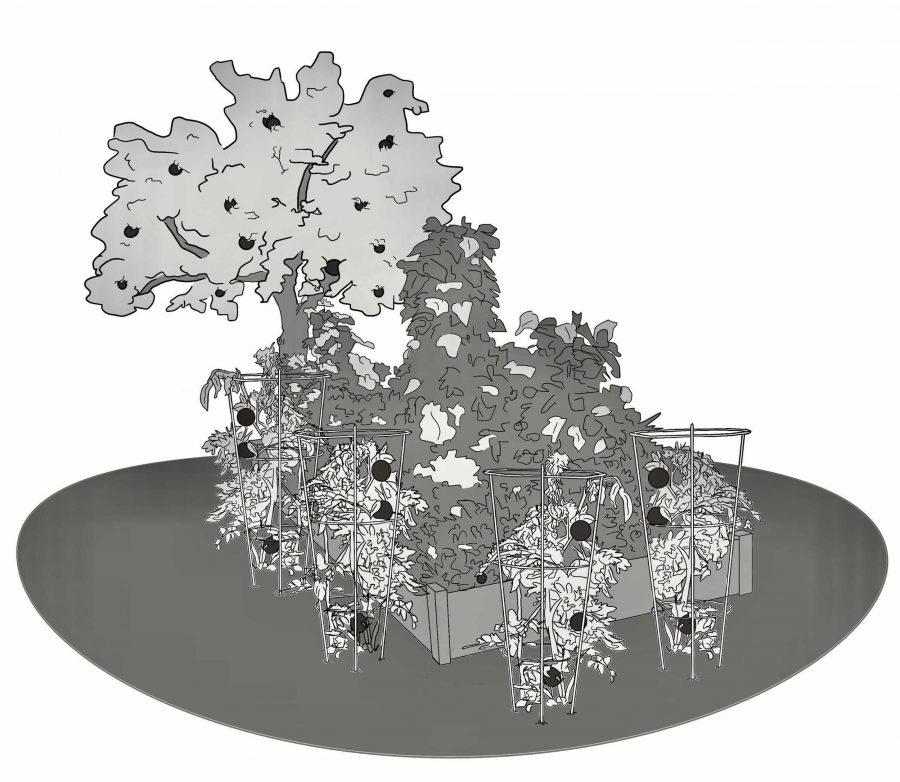The dust of another neglected patch of dirt on campus kicks up, constantly flying about. On a good day, it’ll sit still for more than five minutes. But, most days aren’t good; whether through wind or rain, this dirt will kick up, turn to mud or ruin the day just by the sight of it. Left in the shadows of the campus construction, it sits there every day with not an ounce of attention and yet, if used right, it holds so much potential. Our school needs to take advantage of each space like this around the campus and turn them into green spaces for gardening; our students will finally have the ability to beautify our campus and be benefited by it too.
Pitched perfectly between the crossroads of the amphitheater, dog park, and the cafeteria, the area surrounding this patch is huge, and in the cutout alone there are 176 square feet of forgotten dirt, and even a falling apart wooden planter box to enjoy. This elusive dirt patch sits 5 feet away from where I eat lunch and continues the tone of ‘wasted’ space on our campus. With a yearly schedule consisting of ignorance and available space, this along with the hundreds of available square feet across the school need to be utilized.
I’m certain this theme of ignored land on our school rings a bell for you; perhaps it’s the pile of dirt that replaced our once well-maintained grass in the quad, or maybe it was the weird space on the sides of Alan Harvey or the space on the street side of the 10s building.
It’s time that we start utilizing our wasted spaces and to let students take advantage of our potentially beautiful campus. Vegetable and fruit space for biology, the cafeteria, or Green Club; the opportunities for our school to expand into these spaces are quite vast. Seeking to experiment with new types of education in the STEAM building, classes regarding horticulture could slip right in. Not to mention the large visual benefits this will have on campus. If we let these spaces finally benefit our students, we can teach about tons of different topics; better composting, the importance of agriculture (a largely unrepresented sector especially in urban areas), community upkeep, or the responsibility of taking care of a living thing. We can even start to make an effort to lower our need to truck in perishable goods cross state and help lower our carbon footprint.
Junior and Green club member Elise Young expressed that teaching better composting is a great way to reduce our carbon footprint, however the power to reduce the world’s CO2 outputs fall far more on huge companies rather than small schools or people. Young thought that if we as a country want to see climate change reversed there need to be policy changes too. Still, she thought that better consumer knowledge would help in many different categories.
The Director of Nutrition and Culinary Arts instructor at Piedmont High school, Chef M’Lisa Kelley thinks that the importance of learning how to grow your own food is something that everyone needs to do. Especially in a world where skills necessary for our survival are coming more to the light, it’s important that those skills can be taught when possible. Speaking more on the importance of remaining educated on where exactly your food is coming from, Kelley thought that something like bringing gardens to our campus, and feeding that to our students, will lead to better-educated students in larger food markers, ie. more organics when necessary, better pasture methods, etc. Kelley even spoke about how organizations like 4-H are far more prevalent in rural areas and could be leading to a geographic gap in agricultural education. With the majority of Americans living in urban and less agriculturally educated areas, the problem of poor farm practices are perpetuated even more as the majority of consumers are not looking to see how those farms act ethically but rather just how cheap the price is. Kelley says that something as simple as a “dirty list” -a list of 10 or so items in which you always buy organic- can be a great start to healthier consumers; Schools becoming more involved in food education can lead that charge.
Of course, there are arguments against the proposal to bring student ran gardens to campus. The construction will interfere too much. Division of territory is too complicated. Weekends and breaks will kill the gardens. I will be the first to state that there is a slight level of validity regarding this opposition. With no clear guidelines for this subject, addressing these downfalls properly is challenging. However, we could create those rules and address based on that.
So, with construction just now beginning on the 10s building and ending on the STEAM building, the rest of our campus is set to be fairly open and free for quite some time; that gives us more than enough time to build up our current garden plans and prep for new ones by the time we need to.
Next, we can leave the allocation of territory up to the location of classes also taking into consideration the needed amount of land. For example, biology and other science classes can use the land in the park sides of their buildings; for cafeteria related classes, leave the land on the sides of the cafeteria to them. Lastly, with the opportunity of service hours, extra credit, or other incentives, I personally think that many students would jump on the opportunity to care for gardens on school off-days.
The opportunities on our campus are endless; with a huge campus footprint, the option to end our wasted space epidemic is the perfect avenue that we as a school need to take advantage of. Students of all grades will be able to interact with their environment more and learn more by getting their hands dirty rather than through the mind-numbing textbook readings about seemingly foreign subjects. Returning to school via nature will be the perfect way for our students to properly leave behind the hours of online schooling and homework, and will allow students to stay connected on a more stress-relieving, student-centered campus.

